(January 15, 2025) In the quiet village of Melakattuvilai in Tamil Nadu, a young boy grew up in a house that had no electricity until he reached the ninth grade. Surrounded by vast fields and a simple way of life, little did he know that his dreams would one day fuel India’s journey to the stars and the moon. That boy, V. Narayanan, took charge as the Chief of the Indian Space Research Organisation (ISRO) on 14th January 2025 to lead India into a new era of space exploration.
The aerospace engineer and rocket technologist, who was at the forefront of Chandrayaan-3’s historic moon landing, is determined to take India’s achievements further with Chandrayaan-4. His mission is clear — to boost India’s share in the global space sector from the current two percent to an ambitious 10 percent.
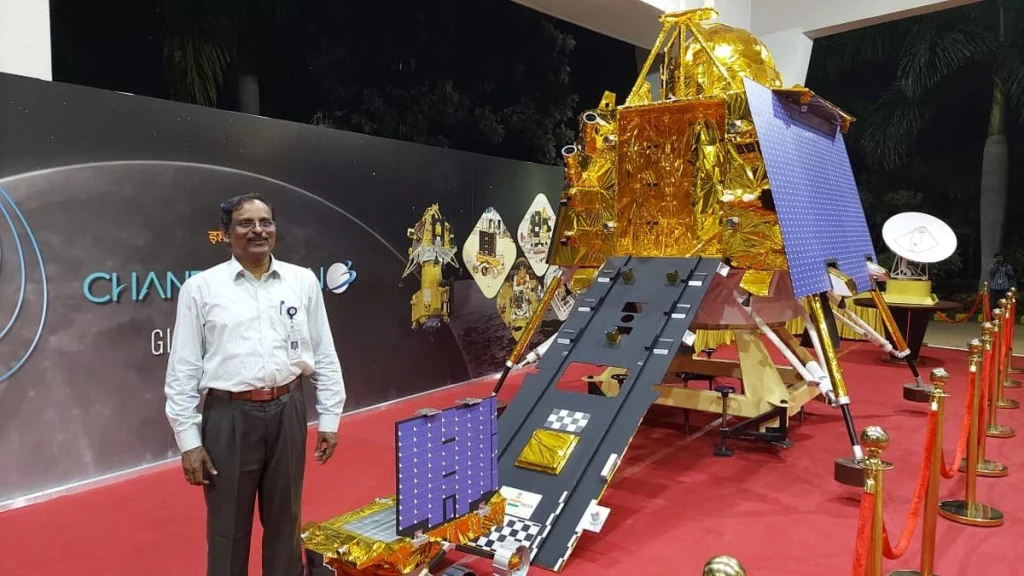
V Narayanan
In an interview with a daily, he described his appointment as the new Secretary of the Department of Space and Chairman of the ISRO as both a “great responsibility” and a “great opportunity to follow in the footsteps of stalwarts who led the ISRO over the decades.”
A vision to redefine India’s role in the global space future
As the new ISRO Chairman, Narayanan has a bold vision for India’s space program. He aims to significantly increase the country’s satellite count and enhance India’s launch capabilities. His target of raising India’s share in the global space sector is one of the significant agendas.
During his tenure, ISRO is set to undertake several high-profile missions, including the Gaganyaan-1 uncrewed test flight, the SpaDeX space docking experiment, and groundwork for India’s first space station. His leadership will also be crucial in the upcoming Venus Orbiter Mission and Mangalyaan-2.
“We are on the brink of a new era in space exploration. It’s time for India to lead,” Narayanan stated.
Narayanan’s role in Chandrayaan-3 success
One of Narayanan’s most significant achievements has been his role in the Chandrayaan-3 mission, which made history by successfully landing on the moon’s South Pole. After the partial failure of Chandrayaan-2, Narayanan’s attention to detail and leadership were instrumental in correcting the errors and ensuring Chandrayaan-3’s success.
“We identified the mistakes in Chandrayaan-2 and made sure they were not repeated. Success comes from learning and improving,” he said.
Chandrayaan-3’s success has boosted India’s confidence and global reputation in space exploration. Narayanan’s team built the powerful engines that helped the lander safely touch down on the lunar surface, a feat achieved by only a handful of countries.
Now, with Chandrayaan-4 on the horizon, Narayanan is focused on pushing India’s lunar exploration even further. The next mission aims to conduct more detailed studies of the moon’s surface and pave the way for future manned missions.
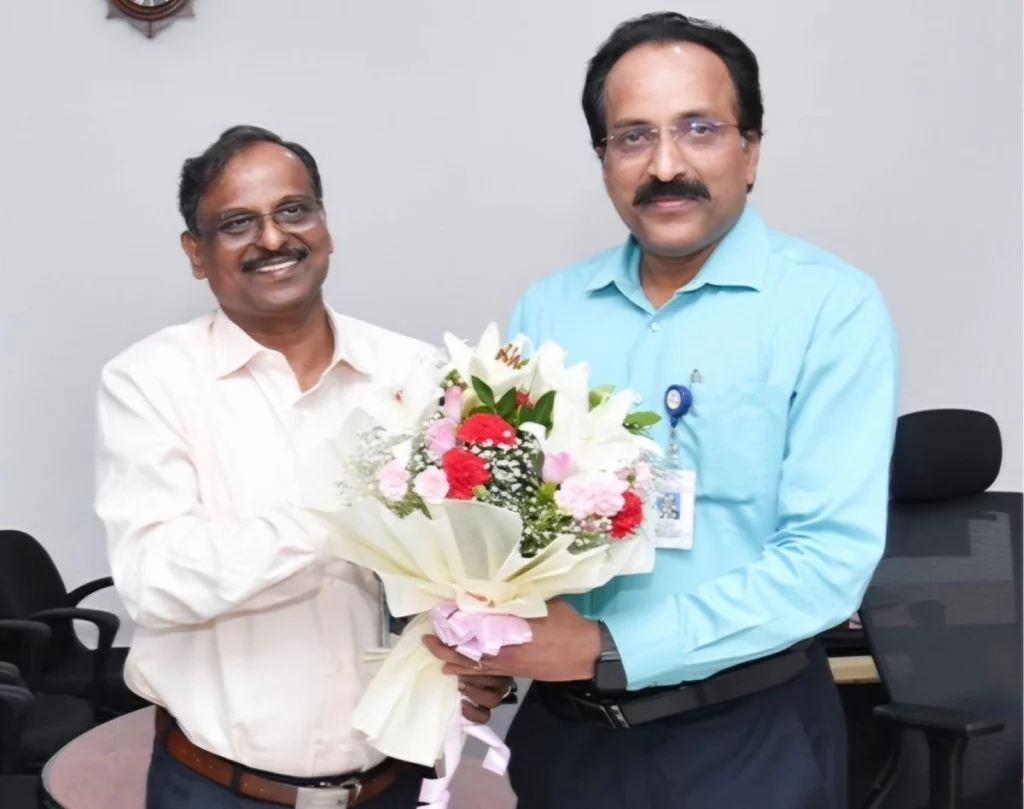
V. Narayanan succeeds S. Somanath as the new ISRO chief
A humble start in Tamil Nadu
Narayanan was born on 14 May 1964 in Melakattuvilai, a small village in Tamil Nadu’s Kanyakumari district. He was the eldest child among six siblings in a farming family. His father was a coconut trader, and his mother, managed the household. Narayanan would often help out at his father’s coconut shop in the bustling Vadasery market in Nagercoil.
Narayanan’s education began at the government primary school in Keezha Kattuvilai. He then attended LMS Higher Secondary School in Zionpuram, completing his schooling in 1979. Remarkably, his house did not have electricity until he was in the 9th grade. Despite these challenges, he excelled academically and completed his Diploma in Mechanical Engineering (DME) with first rank from the Government Polytechnic College, Nagercoil, in 1982.
After graduating, both Narayanan and his brother secured admission to a Bachelor of Engineering course. However, due to financial constraints, his family could afford to pay for only one brother’s education. Narayanan selflessly chose not to pursue his dream of attending Anna University and instead supported his family by working at companies such as TI Cycles, Bharat Heavy Electricals Limited (BHEL), and MRF for a year and a half.
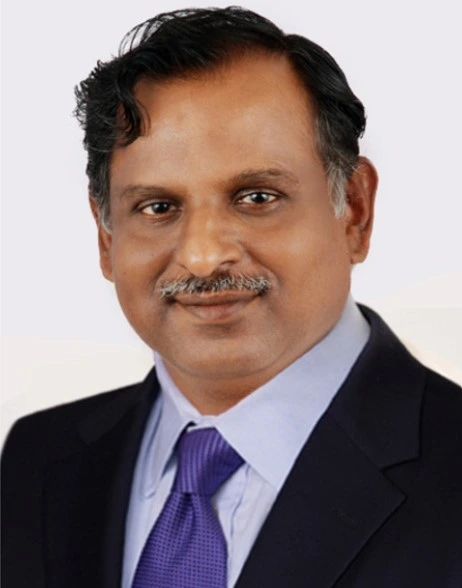
V. Narayanan
Driven by a thirst for knowledge, Narayanan later completed the AMIE course in Mechanical Engineering. He earned his MTech degree in Cryogenic Engineering with first rank from the prestigious Indian Institute of Technology (IIT) Kharagpur in 1989. To fulfil his academic dreams, he continued his studies at IIT Kharagpur, earning a Ph.D. in Aerospace Engineering in 2001.
“Hardships shape resilience,” Narayanan once said, reflecting on his journey. Former ISRO chief K. Sivan praised the new ISRO chief, stating, “He’s like me, rose from poverty to the top.”
The early days at ISRO: Building India’s rocket foundations
Narayanan began his career at ISRO in 1984 at the Vikram Sarabhai Space Centre (VSSC) in Thiruvananthapuram. He initially worked in the development of solid propulsion systems, which are the backbone of rockets that launch satellites into space. His research in cryogenic propulsion systems laid the groundwork for India’s advanced rocket technologies.
His work contributed to several key projects, including the Rohini Sounding Rockets and the Polar Satellite Launch Vehicle (PSLV).
Solid propulsion refers to the use of solid fuel to power rockets. It is a reliable and cost-effective method used in launching small to medium-sized payloads into space. Narayanan’s work in this field laid the groundwork for India’s early successes in space.
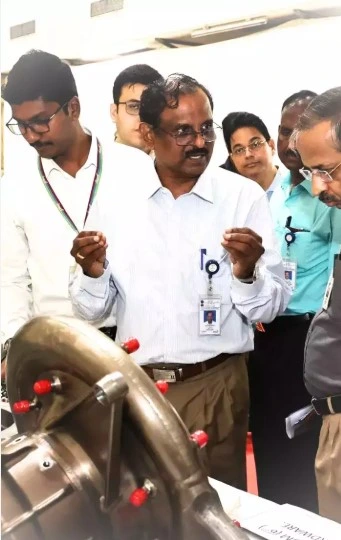
V Narayanan during one of the events at ISRO
Mastering cryogenic propulsion: A game-changer for India
In 1989, Narayanan shifted his focus to cryogenic propulsion at the Liquid Propulsion Systems Centre (LPSC) in Thiruvananthapuram. Cryogenic engines use extremely cold liquid gases as fuel, making them highly efficient and capable of lifting heavier payloads into higher orbits. At the time, mastering this technology was a significant challenge for India.
Narayanan was part of a team sent to Russia to learn about cryogenic technology. This knowledge transfer was essential for India to develop its own cryogenic engines, a critical component for launching heavier satellites and deep space missions. His work led to the successful development of India’s indigenous cryogenic engine, making India one of the few countries with this capability.
According to Vasudevan Gnana Gandhi, a former director at LPSC, Narayanan’s ability to grasp complex systems and turn theory into practical solutions was unmatched.
Setting a long-term roadmap
In January 2018, Narayanan took charge as the Director of the Liquid Propulsion Systems Centre. Under his leadership, LPSC developed a range of advanced propulsion systems for both rockets and satellites. His team delivered 183 propulsion systems for 41 launch vehicles and 31 spacecraft missions.
One of his key initiatives has been setting a long-term roadmap for propulsion technologies from 2017 to 2037. This includes the development of reusable launch vehicles and electric propulsion systems, which are crucial for future space missions.
Powering India’s space dreams
Narayanan also played a pivotal role in the development of the GSLV Mk-III, India’s most powerful rocket. This launch vehicle can carry heavy payloads into space, including components for the upcoming Gaganyaan mission, which aims to send Indian astronauts into space.
The GSLV Mk-III uses a combination of solid, liquid, and cryogenic engines to achieve its impressive lifting capability. Narayanan led the development of the C25 cryogenic stage of this rocket, providing the necessary thrust to take heavier satellites and spacecraft into higher orbits.
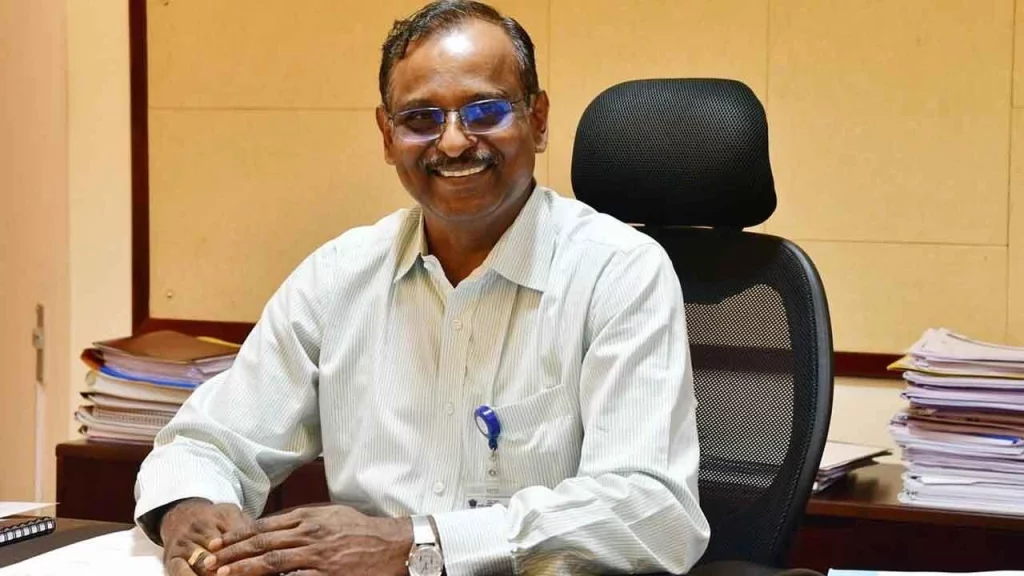
V Narayanan
Leading India into a new Space age
Under the aerospace engineer and rocket technologist’s leadership, ISRO is poised to achieve new milestones. Narayanan envisions a future where India not only launches satellites for its own needs but also becomes a leading provider of space services to the world. His emphasis on indigenous technology development and international collaboration reflects his forward-thinking approach.
Narayanan’s tenure as ISRO Chairman marks the beginning of an exciting chapter in India’s space journey. His leadership, shaped by years of experience and a deep understanding of space technology, will undoubtedly propel India to new heights in the global space arena.
From the coconut shops of Nagercoil to the corridors of ISRO, his journey is an inspiration to all those who dare to dream.
Read more fascinating stories




